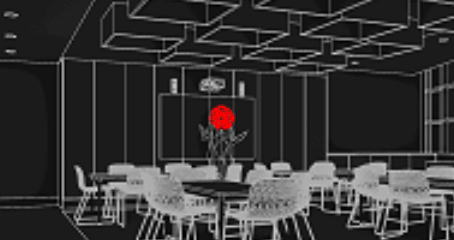Can You Hear Me Now? Acoustics and Attention in Schools
Let’s talk about Designing for Acoustics
Recognize different acoustic demands of diverse program elements in a school.
Acoustic analysis is the process of evaluating sound characteristics within a space to optimize auditory performance, reduce noise, and enhance speech intelligibility.
Acoustic Fine Tuning of Classroom Designs for Enhanced Learning Experiences
We use acoustic simulations for designing classrooms to ensure that the spaces:
are not noisy (Reducing dB levels - to hearing range)
are not echoic (managing RT - Reverberation Time)
have the right speech clarity (achieving good STI - Speech Transmission Index).
How sound behaves in the space to ensure clear speech transmission, minimize echo and background noise, and create an optimal learning environment for students…
Not only it looks good... it also sounds good.
Acoustics in a basketball court affect noise levels and speech clarity, with hard surfaces causing echo; proper treatment reduces reverberation and improves communication.
Acoustics in a hallway play a crucial role in controlling noise transmission, as hard surfaces and narrow dimensions often cause sound to reflect and amplify, leading to echo and increased background noise that can disrupt adjacent spaces.






